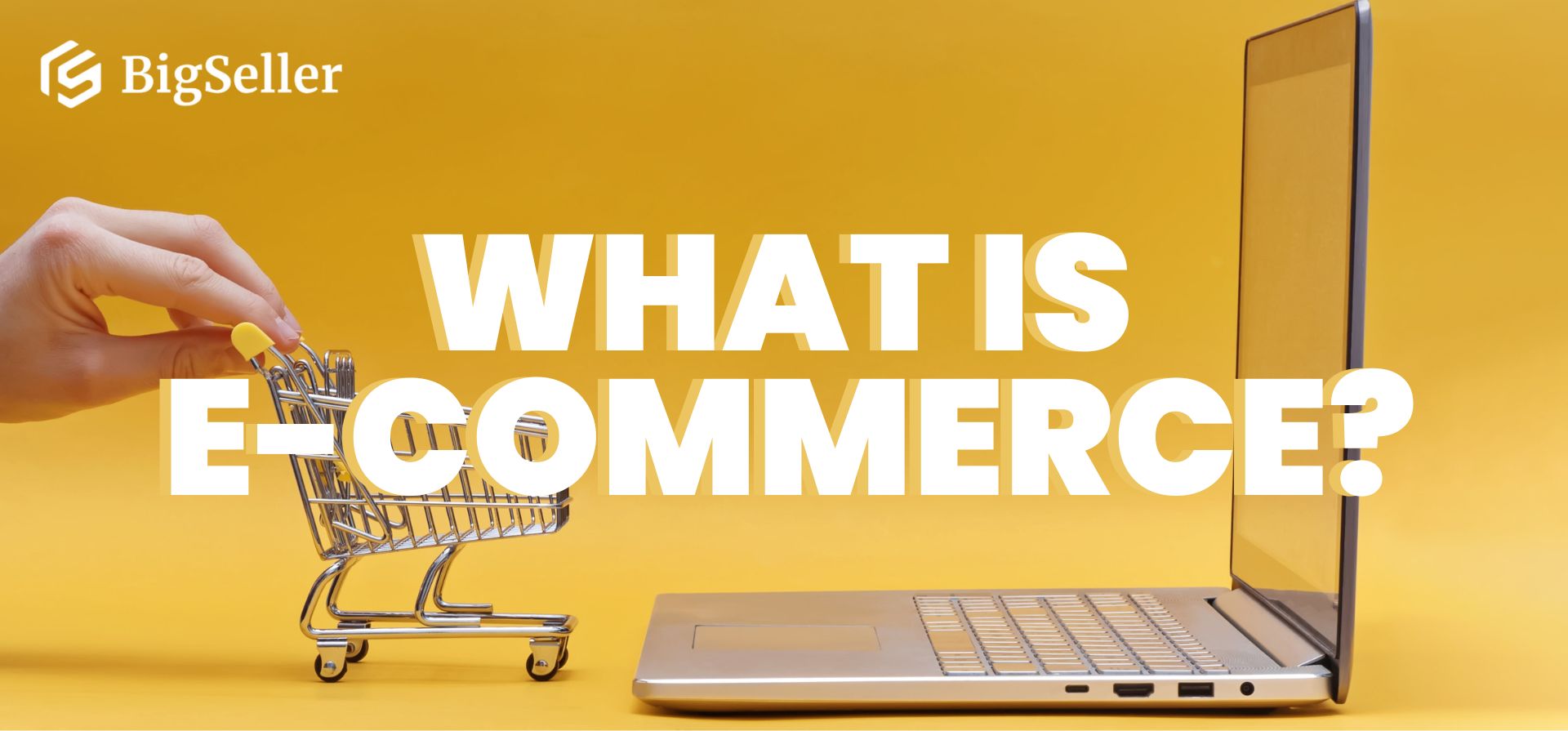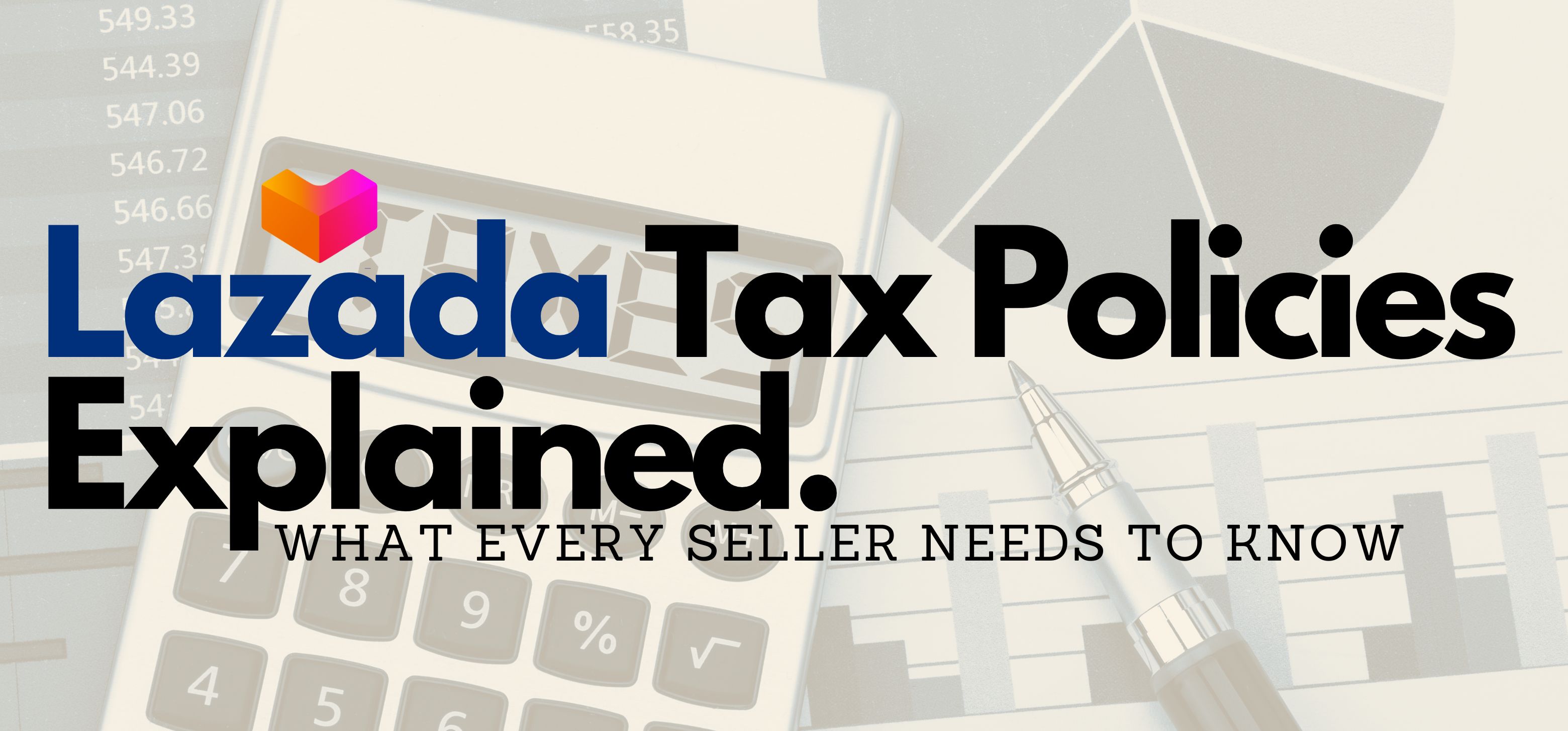Top 10 E-Commerce Trends in 2025: The Future of Online Shopping
Juliah 12 Feb 2025 02:41FIL

In the rapidly evolving landscape of e-commerce, staying ahead of the curve is essential for businesses aiming to thrive. As we progress through 2025, several key trends are shaping the future of online retail. Understanding and implementing these trends can position your business for success in an increasingly competitive market.

1. AI-Powered Personalization
Artificial Intelligence (AI) is revolutionizing the e-commerce experience by enabling hyper-personalization. AI algorithms analyze vast amounts of customer data, including past purchases and browsing behavior, to deliver tailored shopping experiences. This includes personalized product recommendations, dynamic pricing, and targeted marketing campaigns. Implementing AI-driven personalization can enhance customer satisfaction and boost sales.
2. Augmented Reality (AR) Enhancements
Augmented Reality is transforming how consumers interact with products online. By integrating AR into your platform, customers can visualize products in their real-world environments before making a purchase. This technology is particularly beneficial for industries like fashion, home décor, and beauty, allowing customers to “try on” products virtually, thereby reducing return rates and increasing purchase confidence.
3. Sustainability as a Core Strategy
Eco-conscious consumers are driving the demand for sustainable practices in e-commerce. Implementing eco-friendly packaging, carbon-neutral shipping, and transparent supply chains can attract these consumers. Brands that demonstrate a genuine commitment to environmental and social responsibility are gaining a competitive edge.
4. Voice Commerce Expansion
The rise of voice-activated devices has led to an increase in voice commerce. Consumers are using voice commands to search for products, place orders, and complete payments. Optimizing your online store for voice search and ensuring products are accessible through voice-enabled devices can enhance the shopping experience and capture this growing market segment.
5. Social Commerce Integration
Social media platforms are becoming integral to the e-commerce ecosystem. Features like shoppable posts and in-app purchases on platforms such as Instagram, TikTok, and Facebook allow users to browse and purchase products directly within the app. Leveraging social commerce can help reach a broader audience and drive sales.
6. Subscription-Based Models
Subscription services are gaining popularity across various industries, including beauty, fashion, food, and entertainment. Offering personalized subscription boxes or membership programs can create recurring revenue streams and build long-term customer relationships.
7. Advanced Payment Solutions
Innovative payment methods, such as buy-now-pay-later (BNPL) services and cryptocurrency options, are becoming more prevalent. Providing diverse payment solutions caters to different customer preferences, enhancing convenience and potentially increasing conversion rates.
8. Enhanced Cybersecurity Measures
With the increase in online transactions, robust cybersecurity measures are paramount. Implementing AI-powered fraud prevention systems can protect customer data and maintain trust. These systems detect unusual transaction patterns and prevent fraudulent activities, ensuring a safer shopping experience.
9. Faster Delivery Options
Consumers expect rapid delivery services, with same-day or next-day delivery becoming standard. Investing in efficient logistics, such as local distribution centers and advanced delivery methods like drones, can meet these expectations and enhance customer satisfaction.
10. Omnichannel Shopping Experiences
Providing a seamless shopping experience across all channels — online, in-store, and mobile — is crucial. Integrating your digital and physical stores through options like click-and-collect and unified customer service ensures consistency and flexibility, meeting consumer expectations.
Bigseller Help Center
The BigSeller Help Center provides users with essential support through guides, FAQs, and troubleshooting resources. It helps sellers navigate the platform, resolve issues, and optimize their operations. Additionally, it offers updates on new features and direct customer support for a seamless experience.


